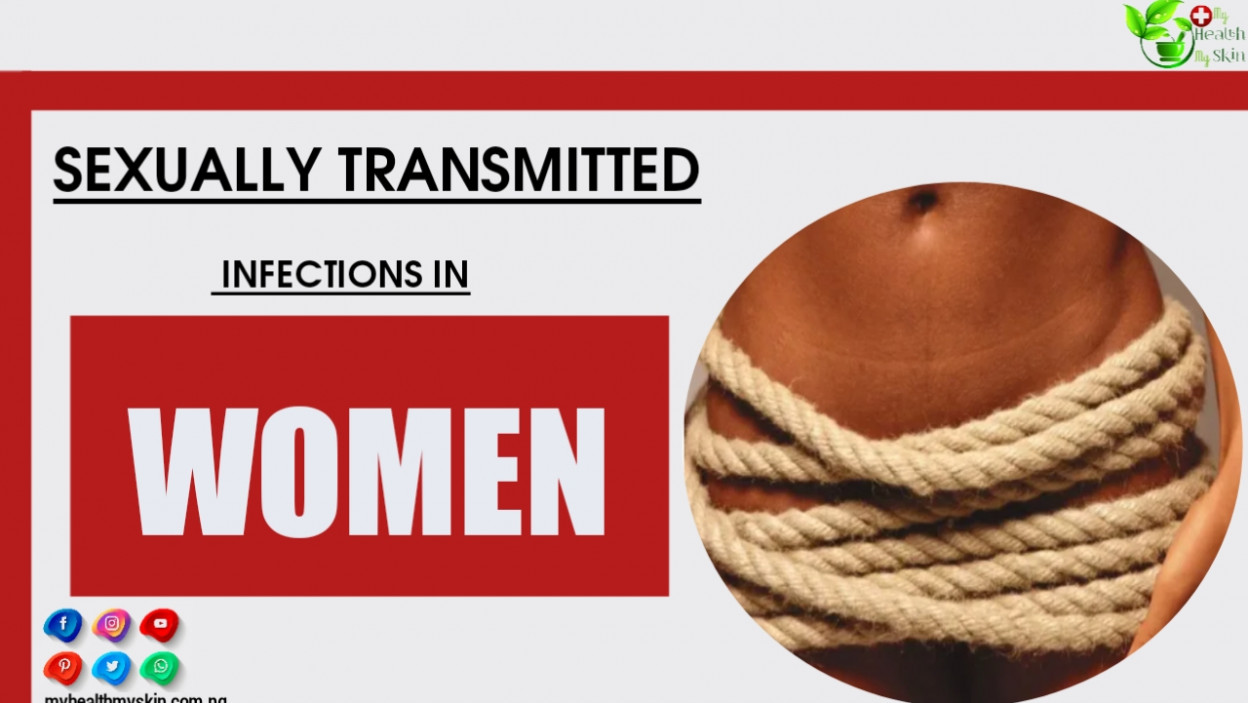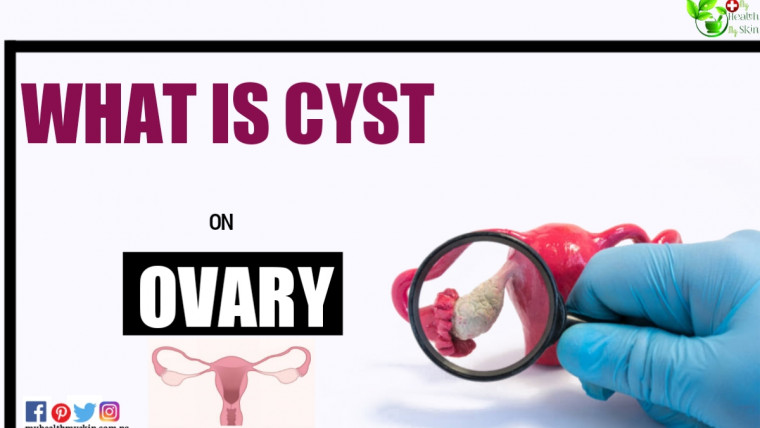Women do not take sexually transmitted infections seriously and often overlook them. Unaware of the problem, they endanger the health of not only themselves but also their sexual partners.
Therefore, they should be periodically examined by a gynecologist.
It is incorrect to evaluate these infections only as sexually transmitted venereal diseases (Gonorrhea, Syphilis, Groin lymphagranulomatosis).
At the same time, it is necessary to consult a dermatologist to examine the latter.
Keep on reading to get more information about the following topics related to sexually transmitted infections in women: types, symptoms and treatment: all you need to know.
[lwptoc]
Types Of Infections
There are many different causes of sexually transmitted infections in women: gonococcus, herpes virus infection, trichomoniasis, chlamydia infection, ureaplasma, human papilloma virus and many other microorganisms.
Only a few types of pathogenic microbes can be transmitted through unprotected sexual intercourse.
Sexually transmitted infections are divided into the following types:
- Virus;
- Mushrooms;
- Bacterial (hamids);
- Parasitic (trichomoniasis).
Vaginal Candidiasis
Virtually every woman has encountered this infection. Vaginal candidiasis is caused by fungi of the genus Candida.
Interestingly, the presence of Candida in the skin and mucous membranes of a healthy person is considered normal.
However, their active growth weakens the immune system and requires the use of antibiotics and immunodepressants.
Very narrow and synthetic underwear heats and moisturizes the intimate area, which leads to the development of infection.

Symptoms of fungal infection:
- irritating itching and itching in the intimate area;
- painful urination;
- cottage cheese, sour-smelling white secretion.
If you have these symptoms, you should consult a gynecologist, because similar symptoms are found in other infections.
It should also be noted that if you have candidiasis, it does not mean that someone has infected you.
But you can infect your sexual partner. Therefore, sexual intercourse is prohibited during treatment, but if it is too late, then both partners should receive treatment.
During the gynecological examination, the doctor takes a swab from the uterus.
Treatment is usually a few days to two weeks with the appointment of antifungal creams or intravaginals.
Bacterial Vaginosis (Cardnerellosis)
The disease is caused by various strains of anaerobic microbes (eg, vaginal Gardnerella, Hominis mycoplasma), which normally occur in the uterus.
Bacterial vaginosis occurs when the immune system is severely weakened (for example, under stress), in contact with several sexual partners, when antibiotics are used, hormonal changes associated with pregnancy and menopause, and poor intimate hygiene.
The disease is characterized by nausea and itching in the intimate area. Uterine secretions are usually white and juicy, giving off an intense fishy odor.
But even in this infection, more than half of women can not choose the symptoms.
To diagnose bacterial vaginosis, the doctor should conduct a thorough examination (pH should be determined, microscopic examination of the smear should be performed).
Oral or intravaginal antibiotics containing clindamycin and metronidazole are used in treatment. The treatment usually lasts 7 days.
Please Note: Complications of refusal of treatment – bartholin can cause inflammation of the gland or bartholinitis, growths or inflammation of the uterus.
Special attention should be paid to infection during pregnancy, as it can lead to premature birth.
This is the only infection that does not require treatment in both partners.
Genital Herpes
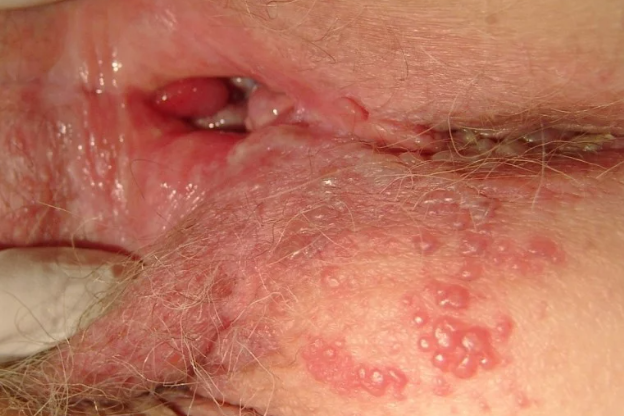
We have learned that herpes occurs in the area around the lips. However, it is a highly contagious sexually transmitted infection caused by the herpes simplex virus.
Contact – household hygiene items, towels can also be transmitted. Symptoms of the disease may not be present at the time of infection, because the virus manifests itself under favorable conditions – for example, when the body’s defenses are weakened.
Genital herpes manifests itself in blistering rashes, which after a few days explode, forming sores and scabs.
Symptoms usually disappear after a few days, but the virus remains in the body and goes into a dormant state (waiting for favorable conditions for re-growth).
Oral or topical acyclovir is usually used for treatment, which relieves symptoms and reduces the risk of relapse.
Treatment is more important during pregnancy – a careless approach can cause problems in the fetus in the later stages of pregnancy.
Cytomegalovirus Infection
In fact, it is a type 5 herpes virus, but most doctors consider it a separate disease. In most cases, the virus does not manifest itself for a lifetime, but sometimes the following complications can occur 30-60 days after infection:
- salpingitis (inflammation of the fallopian tubes);
- adnexitis (inflammation of the uterine growths);
- vaginitis.
In this case, SMV can be detected by serological tests. After 2-6 weeks, the symptoms subside and the virus “lies” for a long time or for life. Cytomegalovirus infection is especially dangerous for pregnant women and people with weakened immune systems.
Papillomavirus Infection
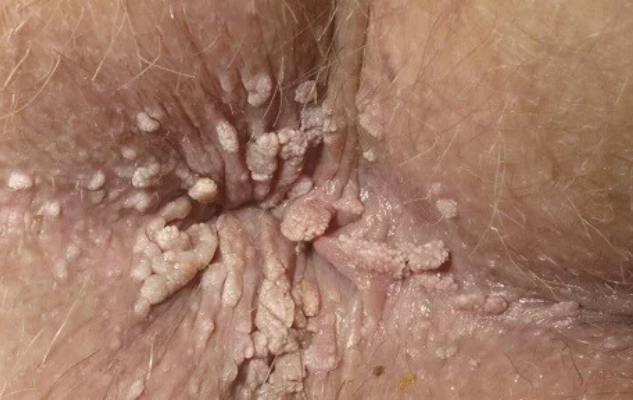
There are about 600 types of human papilloma virus: some are considered safe, others can cause warts and warts in the intimate area, and others can trigger the development of malignant tumors, such as cervical cancer.
| Recently, girls over 14 have been vaccinated against oncogenic viruses. |
The virus is sexually and sexually transmitted. There is also a risk of self-infection, for example, during epilation. In most cases, 90% of condyloma warts go away on their own due to immunity, but sometimes patients go to the gynecologist to get rid of it faster.
Molluscum Contagiosum
It is also a viral disease that is transmitted sexually and through contact. The incubation period lasts 3-6 weeks. Then small red nodules appear on the skin of the groin area, which, when pressed, produce a curd-like mass. Symptoms of this disease usually go away on their own without treatment for several months.
Ureaplasma Urealyticum
The causative agent of this disease is the ureaplasma virus, the infection is sexually transmitted.
The infection usually passes poorly. Symptoms appear 3-5 days after infection and are manifested by pain and nausea during urination, with weak secretions from the uterus.
After that, the symptoms disappear for a long time and can manifest themselves only when the body is weakened.
What’s worse is that ureaplasma attaches to the small pelvis and can lead to infertility. Therefore, ureaplasma testing is included in the standard of examination for sexually transmitted diseases.
Mycoplasma
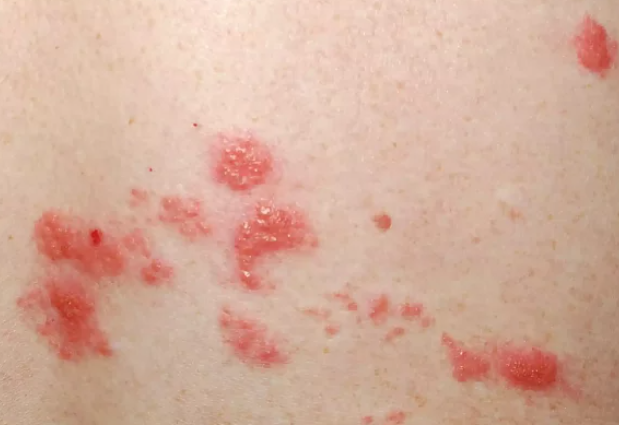
Mycoplasma is part of the normal uterine microflora in a quarter of women. In most cases, the bacterium does not show itself at all and only appears when the immune system is weakened.
You May Also Like:
- Itchy Vagina While Pregnant? What to do and How to Treat (Vaginal Infection)
- Uterus Infection: Symptoms, Causes and Treatment
- No Risk. Cloves Soaked In Water For Infection
- How to use Baking Soda for Yeast Infection: Treatment, Signs and Symptoms and More
- Why Vaginal Discharge Smells Like Dead Animal? – 8 Causes and Treatments
However, the active development of mycoplasma infection can lead to certain complications – from infertility to acute renal failure. Therefore, doctors have different opinions about this infection: some say that treatment should begin at the time of infection, while others say that it is necessary only when the symptoms appear.
Chlamydia
The disease is caused by chlamydial bacteria, which are transmitted during unprotected sex. Having too many sexual partners increases the risk of disease several times.
The disease is asymptomatic, with occasional nausea and / or vomiting during urination. If the infection spreads from the uterus to the cervix (salpingitis), there may be pain in the lower abdomen and during sexual intercourse, or there may be bleeding between cycles.
Treatment of chlamydia: A doctor takes a swab from the cervix to diagnose the infection. Chlamydia is treated with antibiotics containing azithromycin (once) or doxycycline (weekly treatment).
Chlamydia is an intracellular parasite that is difficult to treat. Treatment is prescribed for both partners at the same time. If left untreated, the disease can lead to chronic inflammation of the genital tract, which damages the fallopian tubes and causes infertility.
In addition, chlamydia can spread through the blood and damage joints (Reiter’s syndrome) and eyes (chlamydial conjunctivitis).
Therefore, early diagnosis and treatment of chlamydia is very important.
Trichomoniasis
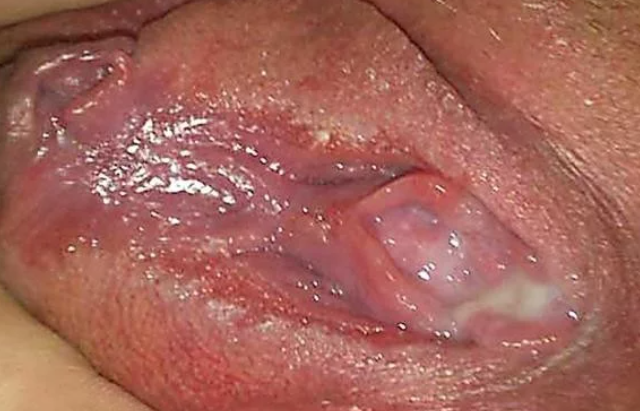
The cause of trichomoniasis was primitive organisms – trichomonads, which can be transmitted both sexually and by contact – using common towels, toilets, swimming pools, saunas.
Symptoms of trichomoniasis: uterine discharge, foamy, yellow or green, odor. The disease is usually accompanied by itching, as well as pain during sexual intercourse.
The course of treatment for trichomoniasis is carried out with antibacterial drugs – metronidazole and lasts up to a week, but the doctor may prescribe a single drug.
The disease should not be ignored, because it can cause numerous complications, such as vaginitis, cystitis, and even infertility. Infection during pregnancy can lead to premature birth.
Conclusion
Treatment of sexually transmitted infections in women is determined by the type of injury and the presence of complications.
In the case of complications of sexually transmitted infections, it is possible that the course of drug treatment will continue for a long time and physiotherapy will be applied. The course of treatment prescribed by a doctor should be approached very responsibly.
Also, keep in mind that infections go away and can recur later. Therefore, even after completing the course of treatment, it is necessary to be examined by a gynecologist and repeat all the tests to prevent possible complications in a timely manner. Only in this way, you can be sure of your health.
If you want to read more articles similar to Sexually Transmitted Infections In Women: Types, Symptoms And Treatment? We recommend you visit our Women’s Health category. Share on your social networks and stay tuned for upcoming articles.
This Article is an Intellectual Property of Myhealthmyskin.com.ng
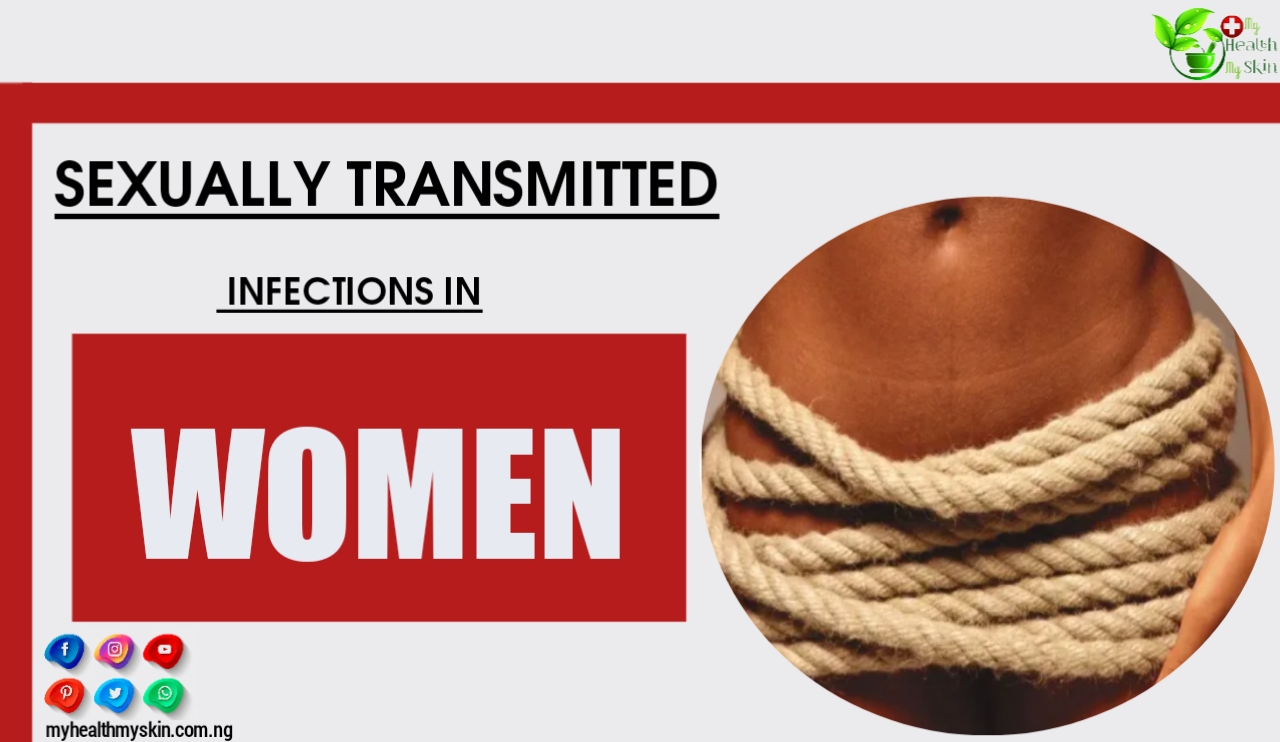
Have You Ever Heard That Sexually Transmitted Infections Is Curable? Do You Know Someone Who Has Contracted This Stds? Comment Below!

